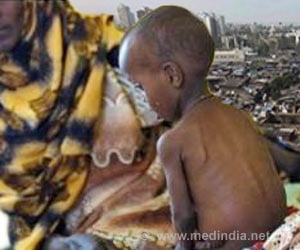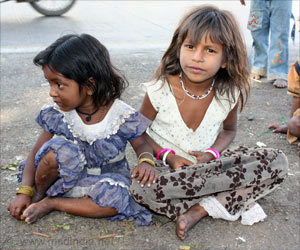- The 2019 Global Food Policy Report (GFPR) has been published by the International Food Policy Research Institute (IFPRI), USA
- The GFPR focuses on rural revitalization through all-round rural development
- It could reduce poverty and hunger by improving the quality of rural life
The GFPR has been published by the International Food Policy Research Institute (IFPRI), which is an international agricultural research center, based in Washington, DC, USA that focuses on the development of agricultural and food policies to fuel innovations in agricultural technology.
Read More..
Rural Revitalization: Challenges
- 45.3 percent of the world’s population live in rural areas
- This rural population accounts for 70 percent of the world’s poorest and most impoverished
- Current global poverty rate in rural areas is 17 percent, compared to 7 percent in urban areas
- Rural population have a higher prevalence of child stunting and underweight children
- Challenges such as deforestation, soil degradation, and pollution hamper rural production, sustainability and well-being
- Rural areas are deprived of infrastructure, services and economic opportunities
- Multiple crises are currently ongoing in rural areas across the globe. A few examples are given below:
- Environmental crisis in China
- Severe agrarian crisis in India
- Acute unemployment crisis in Africa
Rural Revitalization: Prospects
The very essence of rural revitalization objectives is crystallized in the first two SDGs, which call for action to end poverty and hunger by 2030:- SDG 1: “End poverty in all its forms everywhere”
- SDG 2: “End hunger, achieve food security and improved nutrition, and promote sustainable agriculture”
- Rural Employment: Transformation and revitalization of rural areas across the globe can be achieved through the creation of rural employment opportunities, both farm-based as well as non-farm-based. This will ensure better livelihoods for the rural folk
- Women’s Empowerment: Empowering women can enable them to attain financial stability, promote maternal and child health, improve agricultural productivity, as well as increase their capacity to contribute to rural development
- Environment: Rural environmental degradation can be addressed by providing financial incentives for activities such as watershed protection, water harvesting, conservation of scarce resources, and implementation of innovative farming practices
- Rural Energy: Improving access to clean energy sources is crucial for reducing rural poverty and promoting health. For example, fossil fuels used for cooking seriously damages women’s health. It should be noted that ensuring access to electricity for all by 2030 is an achievable and realistic goal
- Rural Governance: Good governance is a prerequisite for effective implementation and enforcement of policies. Rural governance can be strengthened through appropriate laws and regulations to increase transparency and accountability by both government servants and politicians so that they are more responsive to the needs of the poor
Concluding Remarks
From the foregoing discussion, it is evident that rural revitalization is an achievable goal, which requires multisectoral participation and cooperation between various stakeholders. These concerted efforts are likely to transform rural areas into vibrant and healthy places to live and work.“Revitalizing rural areas can stimulate economic growth and begin to address the crises in developing countries, and also tackle challenges holding back the achievement of the SDGs and climate goals by 2030,” says Dr. Shenggen Fan, PhD, Director General, IFPRI. He adds: “Rural revitalization is timely, achievable, and, most important, critical to ending hunger and malnutrition in just over a decade.”
Fan concludes, “With perseverance, 2019 can become the year when the will to eliminate hunger and malnutrition finally gathers momentum, forging a bright future for poor people around the world.”
Reference:
- 2019 Global Food Policy Report - (http://ebrary.ifpri.org/cdm/ref/collection/p15738coll2/id/133129)
Source-Medindia
















